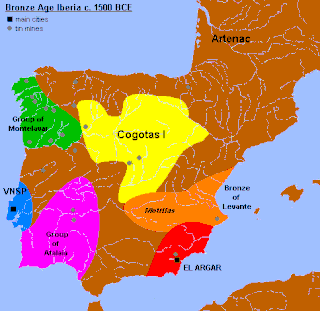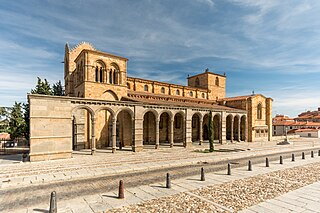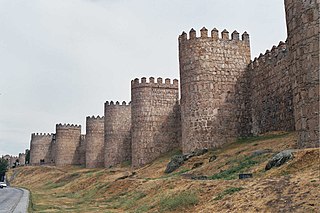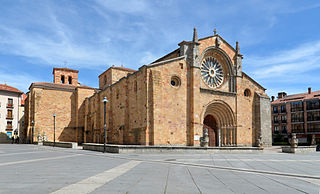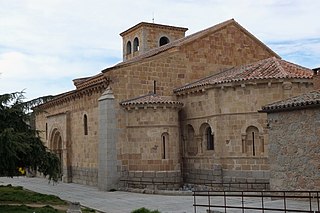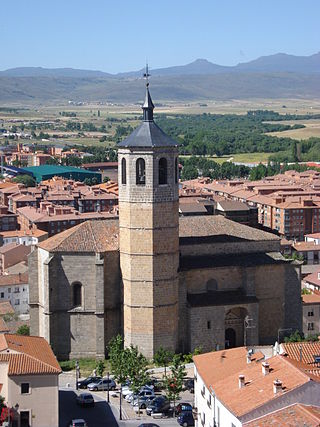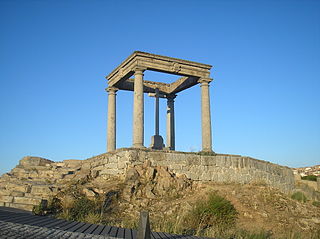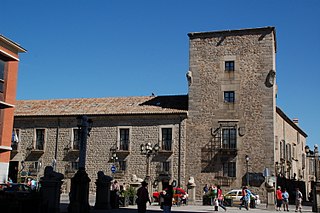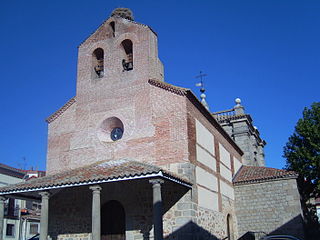10 Sights in Ávila, Spain (with Map and Images)
Legend
Premium Sights
Book tickets, guided tours and activities in Ávila.
Guided Free Walking Tours
Book free guided walking tours in Ávila.
Welcome to your journey through the most beautiful sights in Ávila, Spain! Whether you want to discover the city's historical treasures or experience its modern highlights, you'll find everything your heart desires here. Be inspired by our selection and plan your unforgettable adventure in Ávila. Dive into the diversity of this fascinating city and discover everything it has to offer.
Sightseeing Tours in Ávila1. Castro de Las Cogotas
Las Cogotas is an archaeological site in Spain in Cardenosa municipality, province of Avila. The site was researched by the Galician archaeologist Juan Cabré in 1920s. It is namesake for two different archaeological cultures known from this site: Cogotas I (pre-Celtic) of the Late Bronze Age and Cogotas II of the Iron Age. The latter is known from the upper layer of Las Cogotas, which represents a classical settlement of Vettones, which inhabited the territory of modern provinces of Avila and Salamanca, as well as parts of Toledo, Zamora, Cáceres and Tras-os-Montes in Portugal.
2. Basílica de San Vicente
The Basílica de los Santos Hermanos Mártires, Vicente, Sabina y Cristeta, best known as Basílica de San Vicente, is a church in Ávila, Spain. It is one of the best examples of Romanesque architecture in the country.
3. Murallas de Ávila
The Walls of Ávila, completed between the 11th and 14th centuries, are the defensive walls of Ávila, Spain, and its principal historic feature. These medieval fortifications are the most complete and best preserved in all the country. The Old Town of Ávila, including the walls and its extramural churches, was declared a UNESCO World Heritage Site in 1985.
4. Iglesia de San Pedro
The church of San Pedro is a Romanesque temple located in the Spanish city of Ávila. It was declared a national monument on 30 May 1914, by a royal order published in the Gaceta de Madrid on 10 June of the same year, with the signature of Francisco Bergamín, Minister of Public Instruction and Fine Arts. It currently has the status of an Asset of Cultural Interest.
5. Capilla de Mosén Rubí
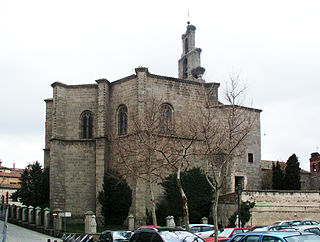
The Chapel of Mosén Rubí is a Catholic church in Spain located in the city of Ávila, belonging to the province of the same name, autonomous community of Castile and León. It was declared an Asset of Cultural Interest with the category of monument on June 13, 1991. It received its name in honor of Mosén Rubí de Bracamonte, lord of Fuentesol.
6. Iglesia de San Andrés
The church of San Andrés is a Romanesque temple built at the beginning of the twelfth century in the Spanish city of Ávila. It is one of the oldest temples in the city. The construction material is sandstone and has undergone restorations throughout the twentieth century, specifically in the 1930s and 1960s.
7. Iglesia de Santiago Apóstol
The parish church of Santiago is a church in the city of Ávila, Spain. Located in the southern part of the historic center of the city, declared a World Heritage Site, the main architectural style that the building presents today is late Gothic, although its original construction refers to the Romanesque artistic period. It has a single nave and its most characteristic element is the bell tower with an octagonal plan, probably from the fourteenth century. The altarpiece of the church is a notable example of the presence of Jacobean elements in the temples located on the Camino de Santiago. It was declared an Asset of Cultural Interest with the category of monument on April 13, 1983.
8. Los Cuatro Postes
The Humilladero de Los Cuatro Postes is a religious monument located in the city of Ávila. It is made up of four Doric columns five meters high on whose capitals sit as many architraves with the arms of the city; In the center of the square formed by the columns, on a base, stands a granite cross.
9. Palacio de los Velada
The Mansion of the Velada is a Renaissance palace located in the Spanish city of Ávila. It was built during the first third of the sixteenth century and has now been reused as a hotel. Its masonry tower is remarkable. It was declared an asset of cultural interest in the category of monument on November 18, 1992.
10. Iglesia de Nuestra Señora de las Vacas
The hermitage of Nuestra Señora de las Vacas is a religious building in the Spanish city of Ávila, Castile and León. It is located in the Plaza de las Vacas, in the southern area, outside the city walls, and has had the category of Asset of Cultural Interest, since April 9, 1992.
Share
How likely are you to recommend us?
Disclaimer Please be aware of your surroundings and do not enter private property. We are not liable for any damages that occur during the tours.
